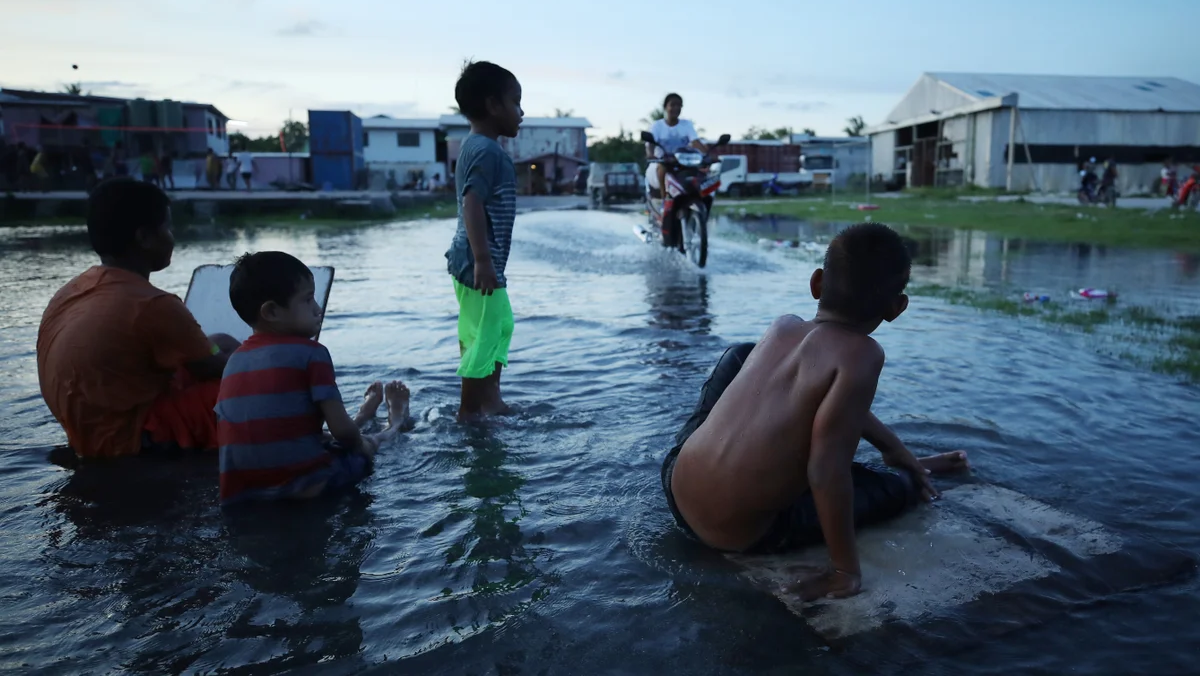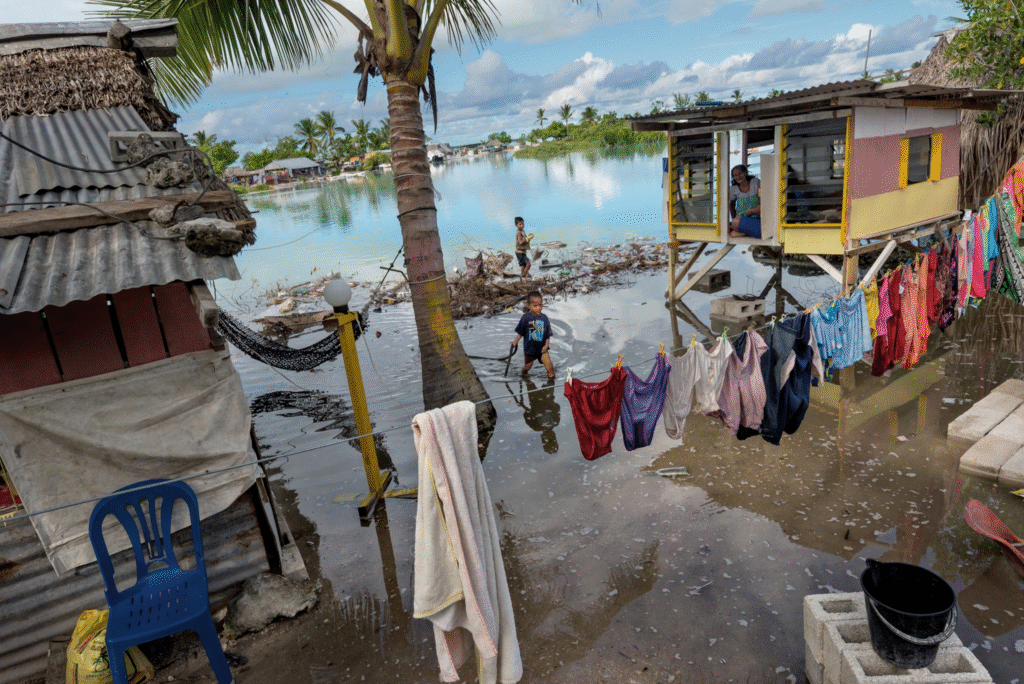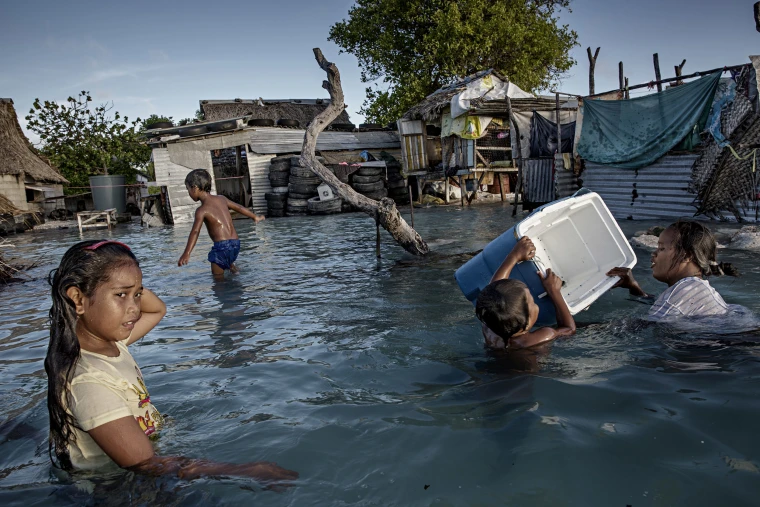Now Reading: Shocking Facts: How Rising Sea Levels Threaten Millions Worldwide 2025
-
01
Shocking Facts: How Rising Sea Levels Threaten Millions Worldwide 2025
Shocking Facts: How Rising Sea Levels Threaten Millions Worldwide 2025

Table of Contents
In recent years, scientists have warned again and again about the danger of rising sea levels. This problem is getting worse, putting millions of people and their homes at risk. But what exactly is happening, and why should we care? Let’s break it down in simple words.
Why Are Sea Levels Rising?

The biggest reason for rising sea levels is climate change. When we burn oil, coal, and gas for energy, we release carbon dioxide into the air. This traps heat in the atmosphere, making our planet warmer. As a result, two main things happen:
- Glaciers and ice sheets are melting. The Arctic and Antarctic regions are losing ice every year. When ice melts, the water goes into the oceans and makes sea levels go up.
- Warmer water expands. Just like a pot of water expands when heated, oceans also expand as they warm up.
Together, these factors make sea levels rise faster than ever before. According to the United Nations, global sea levels have gone up by about 20 centimeters since 1900, and they are rising even faster today.
How Does This Affect People?
For people living near the coast, rising sea levels are already a big problem. Floods, storm surges, and erosion are destroying homes, roads, and farmland.
Take Bangladesh, for example. Millions of people live near the coast in low-lying areas. When the sea rises, their land gets salty and useless for farming. In Florida, USA, roads are often flooded, even on sunny days. This is called “sunny day flooding” and is becoming more common.
Island nations like the Maldives or Tuvalu face an even more terrifying future. If sea levels keep rising, these islands could disappear completely. Many people may have to leave their homes and become “climate refugees” — people forced to move because of climate change.
Economic and Environmental Damage
The economic costs of rising seas are huge. Countries spend billions of dollars every year to build seawalls, repair damage, and relocate people. Insurance companies are also worried because it is harder to protect homes in risky areas.
In addition, rising seas hurt nature. Coastal wetlands and mangrove forests are drowning. These natural areas are important because they protect coastlines from storms and are home to many animals. Losing them could make future storms even more dangerous.
Could It Get Worse?
Unfortunately, scientists say the problem could become much worse if we do not act now. By the end of this century, sea levels could rise by another 30 to 100 centimeters. In some places, this would mean that entire neighborhoods or even whole cities could end up underwater.
Experts say about 800 million people worldwide could be affected by coastal flooding if we don’t slow down climate change. That is more than 10% of the world’s population!
What Can We Do About It?
While the situation is serious, there is still hope. We can slow sea level rise by cutting down the amount of greenhouse gases we produce. This means:
- Using renewable energy like wind and solar power instead of oil, coal, and gas
- Protecting forests because trees absorb carbon dioxide
- Building smarter cities with stronger drainage and flood protections
- Investing in early warning systems to prepare for floods and storms
In some places, people are even experimenting with floating houses or building artificial islands to stay safe.
Global Action Needed
Countries are coming together to find solutions. Agreements like the Paris Climate Agreement aim to keep global warming below 1.5 degrees Celsius. This is important because every small increase in temperature means more melting ice and more sea-level rise.
Rich countries have promised to help poorer countries deal with the rising seas. Many of these poorer nations do not have enough money to build protections or move people to safer places.
Personal Responsibility

You may be wondering, “What can I do as one person?” The truth is, every small action counts. You can:
- Use less energy at home
- Recycle and reduce waste
- Walk or bike instead of driving
- Talk to friends and family about climate change
- Support leaders who take climate action seriously
If everyone makes even small changes, we can protect future generations from the worst impacts of rising seas.
Final Thoughts
Rising sea levels are not just a far-away problem. They are happening right now and affect real people in many countries. Scientists, world leaders, and communities all need to work together before the seas rise even higher.
With smarter planning, cleaner energy, and global cooperation, we can still protect millions of lives and avoid a climate disaster. But the time to act is now — before the water comes even closer to our doorsteps.
Read More:- Shobha Realty Launches Its Most Luxurious Project Yet—Full Details Inside 2025






















